Impact of Politics on Poor Kids in India
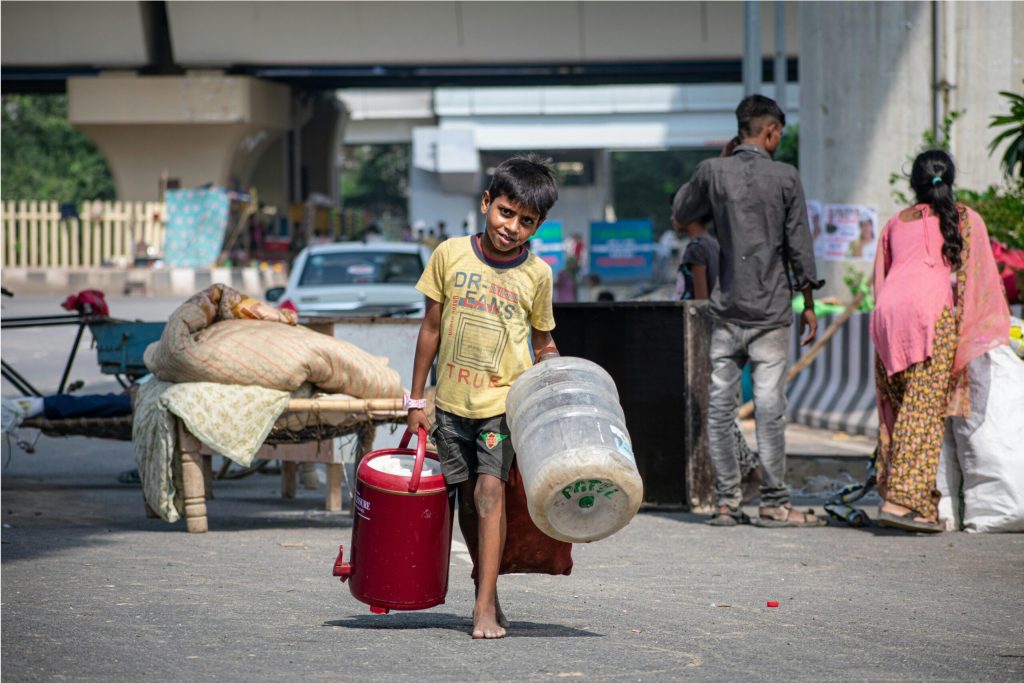
Date: 20 February 2024 ; Author: Vasavi Prakash India, a land of diversity and contrasts, grapples with the intricate relationship between politics and the well-being of its most vulnerable citizens: poor children. While political decisions shape the nation’s trajectory, their impact on these young lives is profound. Let’s explore the challenges faced by underprivileged kids and how politics plays a pivotal role: 1. Education Disparities 2. Poverty and Hunger 3. Healthcare Access 4. Gender and Social Disparities 5. Education Reforms and Accountability 6. Collective Responsibility As citizens, we share the responsibility to advocate for policies that uplift poor kids. Voting wisely, demanding accountability, and supporting NGOs working on child welfare are steps toward a brighter future. In the intricate dance of politics, let us ensure that every child’s potential is nurtured, regardless of their socio-economic background. Sources:
Sexual Abuse and Human Trafficking of Poor Kids in India: A Silent Epidemic

Date: 14 February 2024 ; Author: Shalika Prakash India, a nation of vibrant colors, diverse cultures, and ancient wisdom, harbors a dark secret: the exploitation of its most vulnerable citizens—children. While the country strides toward progress, the plight of underprivileged kids remains a pressing concern. Let us delve into the harrowing reality of sexual abuse and human trafficking that haunts their innocent lives. 1. Escalating Vulnerability 2. The Power Imbalance 3. Stories of Survival 4. The Alarming Statistics 5. Urgent Interventions Needed 6. Collective Responsibility As a society, we must recognize that the safety and well-being of our children are collective responsibilities. Poverty should never be a gateway to exploitation. Let us unite to protect our future generation from the horrors they should never endure. Sources:
Crime Against Poor Kids in India: A Harrowing Reality

Date: 26 January 2024 ; Author: Jai Prakash India, a land of contrasts, grapples with the harsh reality of violence against its most vulnerable citizens: children. While the nation strides forward in various domains, the plight of underprivileged kids remains a pressing concern. Let’s delve into the challenges and alarming statistics surrounding crimes against these innocent souls. 1. Escalating Vulnerability The National Crime Records Bureau (NCRB) recently released data that paints a grim picture. In 2021, over 1.49 lakh cases of crime against children were registered, marking a 16.2% surge compared to 20201. These numbers reveal the growing vulnerability of our young population. 2. Disturbing Trends a. Kidnapping and Abduction b. Sexual Offences 3. The Pandemic Paradox The year 2020 witnessed a 13.2% decline in crimes against children due to pandemic-induced lockdowns and restrictions. However, the situation took a dark turn in 2021, surpassing even the numbers from 20191. Poverty, desperation, and disrupted routines during the pandemic likely contributed to this unfortunate rise. 4. The Grim Reality of POCSO Cases 5. Urgent Interventions Needed a. Strengthening Legal Frameworks b. Awareness and Education c. Support Systems 6. Collective Responsibility As a society, we must recognize that the safety and well-being of our children are collective responsibilities. Poverty should never be a breeding ground for crime. Let us unite to protect our future generation from the horrors they should never endure. Sources:
Challenges Faced by Poor Kids in India
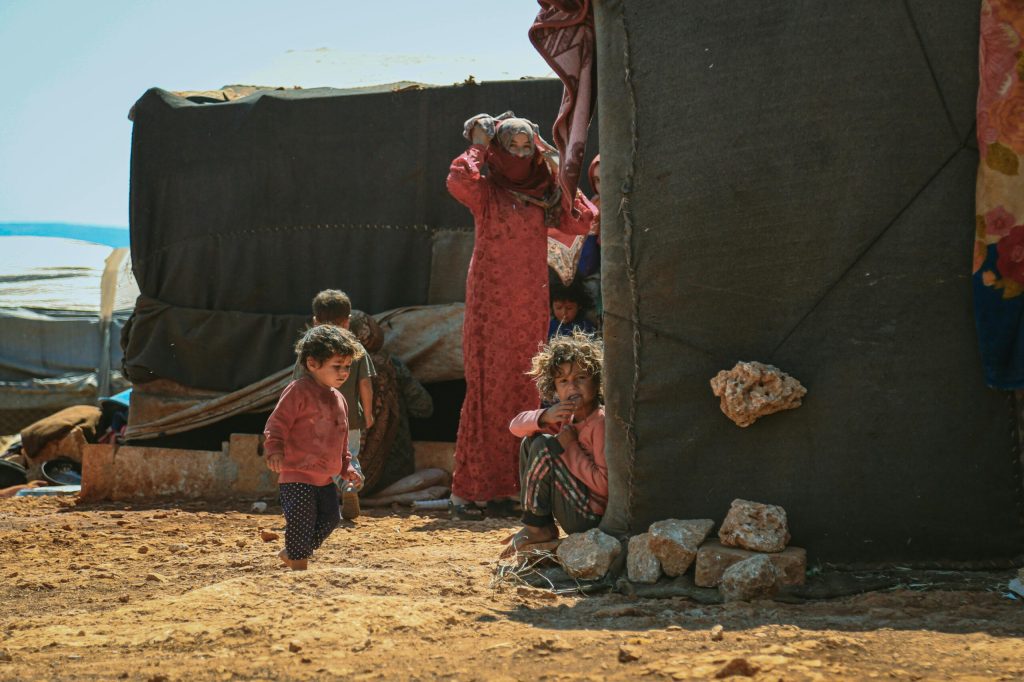
Date: 12 January 2024 ; Author: Vagavi Prakash India, with its rich cultural heritage and rapid economic growth, has made significant strides in various domains. However, the journey toward progress has not been equally shared by all. Children from economically disadvantaged backgrounds face unique challenges that hinder their growth, development, and well-being. Let’s delve into some of these critical issues: 1. Malnutrition and Health Inequities 2. Education Barriers 3. Gender Disparities 4. Urban-Rural Divide 5. Violence and Safety Concerns 6. Adolescent Vulnerability In conclusion, while India celebrates its economic achievements, it must address the persistent challenges faced by its underprivileged children. A holistic approach involving education, healthcare, gender equality, and safety measures is essential to create a brighter future for all. Sources:
Education Inequality among poor and rich kids of India
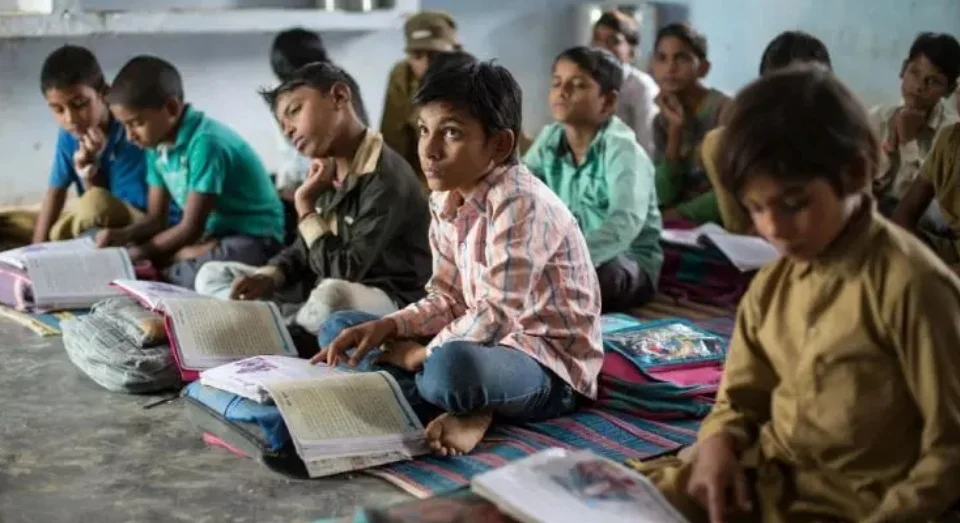
Date: 12 August 2023 ; Author: Vasavi Prakash Education is a fundamental right and a key factor for human development. However, in India, access to quality education is not equally distributed among the children of different socio-economic backgrounds. According to a recent survey by the National Statistical Office (NSO), there are huge disparities in the average years of schooling (AYS) and the medium of instruction among the children from the richest and the poorest sections of the society. The NSO survey found that the AYS of children from the richest 20% of the households was 10.9 years, while that of the children from the poorest 20% was only 4.5 years. This means that the rich children get more than double the amount of education than the poor children. Moreover, the survey revealed that the AYS of children from the urban areas was 9.7 years, while that of the children from the rural areas was 6.8 years. This shows that the location of residence also affects the educational opportunities of the children. Another dimension of education inequality in India is the medium of instruction. The NSO survey found that 62.8% of the children from the richest 20% of the households received English medium education, while only 2.4% of the children from the poorest 20% did so. English is widely regarded as a language of social mobility and economic opportunity in India, as it opens up access to higher education, employment, and global communication. Therefore, the lack of English medium education among the poor children can limit their future prospects and perpetuate the cycle of poverty. The education inequality in India is also influenced by the social and demographic factors, such as caste, religion, gender, and household characteristics. According to a study by Garg et al. (2022), the within-group component and the rural-urban division contribute the most to the educational inequality in India. The study also found that digital exposure, household occupation, wealth quintile, and household size play a key role in determining the educational attainment of the children. Education inequality in India is a serious challenge that needs to be addressed urgently. The government’s New Education Policy (NEP) 2020 aims to reduce the gaps in access, quality, and outcomes of education by promoting universalization, equity, and excellence. Some of the key features of the NEP are the provision of free and compulsory education from pre-primary to secondary level, the promotion of mother tongue and multilingualism, the encouragement of interdisciplinary and flexible learning, and the enhancement of school infrastructure and teacher training. The NEP has the potential to transform the education system in India and create a more inclusive and equitable society. However, the successful implementation of the NEP will require adequate financial and human resources, effective coordination among various stakeholders, and regular monitoring and evaluation of the outcomes. Sources: https://www.frontiersin.org/articles/10.3389/feduc.2022.871043/full https://www.hindustantimes.com/india-news/mapping-education-inequalities/story-xhTIlYty7kF7MNqxnOyGtO.html https://borgenproject.org/education-in-india-suffers-from-income-inequality/
Child nutrition in India: A sad saga
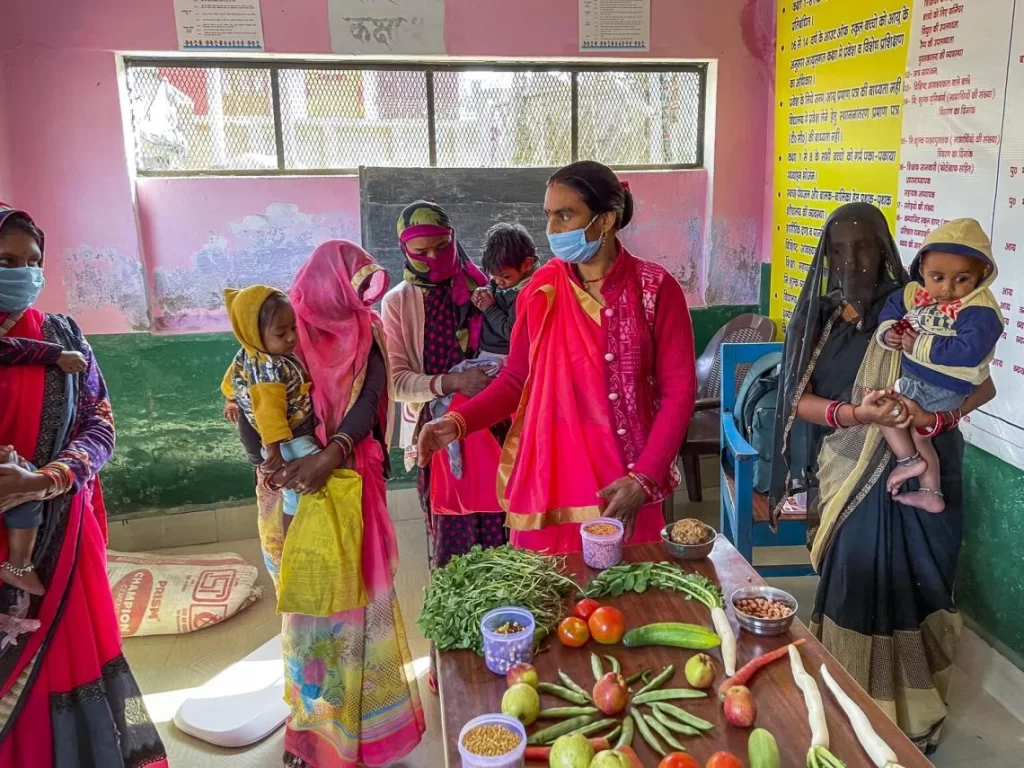
Date: 12 June 2023 ; Author: Vagavi Prakash Child nutrition in India is a topic that has been widely discussed and researched in recent years. According to the World Health Organization, child nutrition is the process of providing adequate, balanced and appropriate food and nutrients to children at different stages of their growth and development. Child nutrition is important for ensuring the physical, mental and social well-being of children, as well as preventing and treating various diseases and disorders. However, child nutrition in India faces many challenges and problems, such as poverty, malnutrition, undernutrition, micronutrient deficiencies, obesity, and food insecurity. According to the National Family Health Survey (NFHS-5), 2020-21, about 35.7% of children under five years of age are stunted (low height for age), 17.3% are wasted (low weight for height), and 33.4% are underweight (low weight for age) in India. These indicators reflect the chronic and acute forms of malnutrition that affect the growth and development of children. Some of the causes of poor child nutrition in India are lack of maternal education, awareness and care, inadequate dietary diversity and quality, poor sanitation and hygiene, lack of access to health services and immunization, and social and gender inequalities. To address these issues, the government of India has launched various schemes and programs, such as the Integrated Child Development Services (ICDS), the Mid-Day Meal Scheme (MDMS), the National Health Mission (NHM), the Rashtriya Bal Swasthya Karyakram (RBSK), and the POSHAN Abhiyaan. These initiatives aim to provide supplementary nutrition, health check-ups, immunization, deworming, iron and folic acid supplementation, and behavior change communication to children and their mothers. Child nutrition in India is a complex and multifaceted problem that requires a holistic and multisectoral approach. It is essential to improve the nutritional status of children in India, as it has implications for their health, education, productivity, and economic development. As the former Prime Minister of India, Dr. Manmohan Singh, said, “The problem of malnutrition is a national shame. I appeal to the entire nation to join hands to end this scourge”. Sources: https://main.mohfw.gov.in/sites/default/files/NFHS-5_Phase-II_0.pdf
Impact of Poverty on Child Development
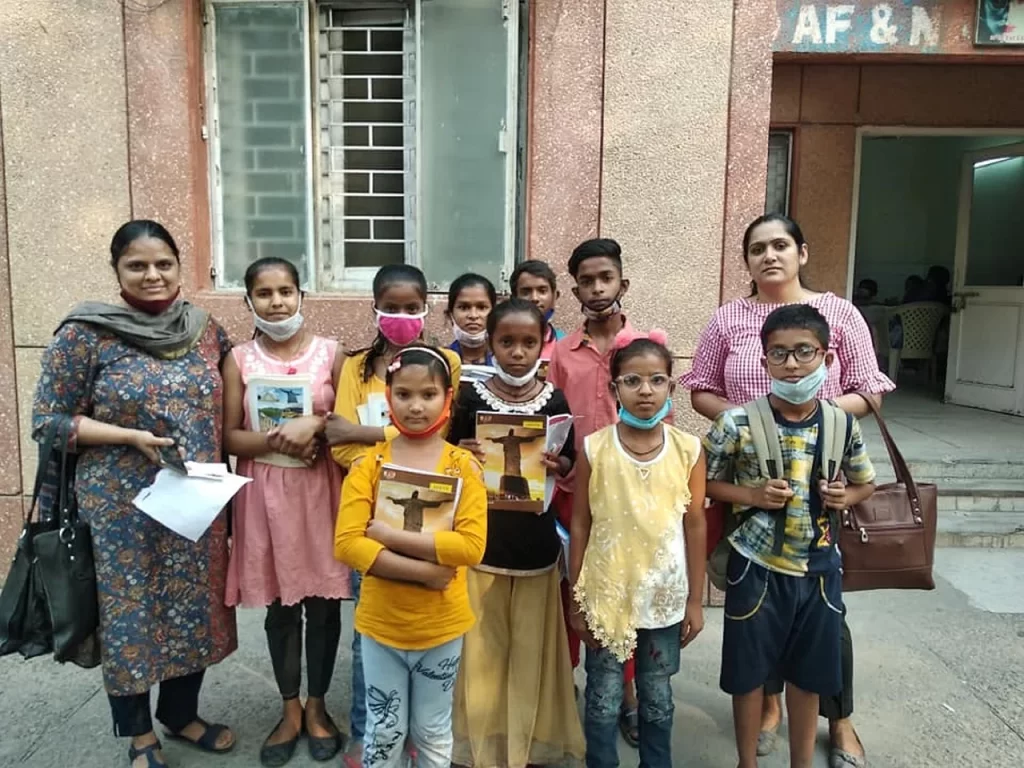
Date: 12 May2023 ; Author: Shalika Prakash Poverty is a condition of not having enough resources to meet basic needs such as food, shelter, health care, and education. Poverty affects millions of people around the world, especially children. According to UNICEF, about 333 million children live in extreme poverty, meaning they survive on less than $2.15 a day. Poverty has a devastating effect on a child’s development, as it exposes them to various risks and disadvantages that can harm their physical, mental, and social well-being. One of the main effects of poverty on children is poor health. Children who live in poverty are more likely to suffer from malnutrition, illness, environmental exposure, and injury. Poverty can also affect the brain development of children, as it can alter the structure and function of the brain regions involved in learning, memory, and emotion. Poor health can impair a child’s ability to perform well in school, as well as increase the risk of chronic diseases and premature death in adulthood. Another effect of poverty on children is low educational attainment. Children who live in poverty often lack access to quality education, as they may face barriers such as inadequate schools, unqualified teachers, lack of materials, and high dropout rates. Poverty can also affect a child’s cognitive and language development, as they may have limited exposure to stimulating and enriching experiences that foster learning and communication skills. Low educational attainment can limit a child’s opportunities for future employment, income, and social mobility. A third effect of poverty on children is social and behavioral problems. Children who live in poverty are more likely to experience stress, trauma, violence, and abuse, which can negatively affect their mental health and emotional well-being. Poverty can also affect a child’s social skills and relationships, as they may have difficulty forming attachments, trusting others, and resolving conflicts. Social and behavioral problems can lead to poor self-esteem, aggression, depression, anxiety, and delinquency. In conclusion, poverty is a serious issue that affects the development of children in multiple ways. Poverty can impair a child’s health, education, and social and emotional well-being, which can have lasting consequences for their future. To address child poverty, it is important to implement policies and programs that provide adequate resources, support, and protection for children and their families. By reducing child poverty, we can improve the lives and prospects of millions of children around the world. Sources: https://www.unicef.org/social-policy/child-poverty https://publications.aap.org/pediatrics/article/143/6/e20183426/76812/Poverty-and-Early-Childhood-Outcomes https://www.childfund.org.au/stories/how-does-poverty-impact-child-development/
Social welfare programs for kids in India
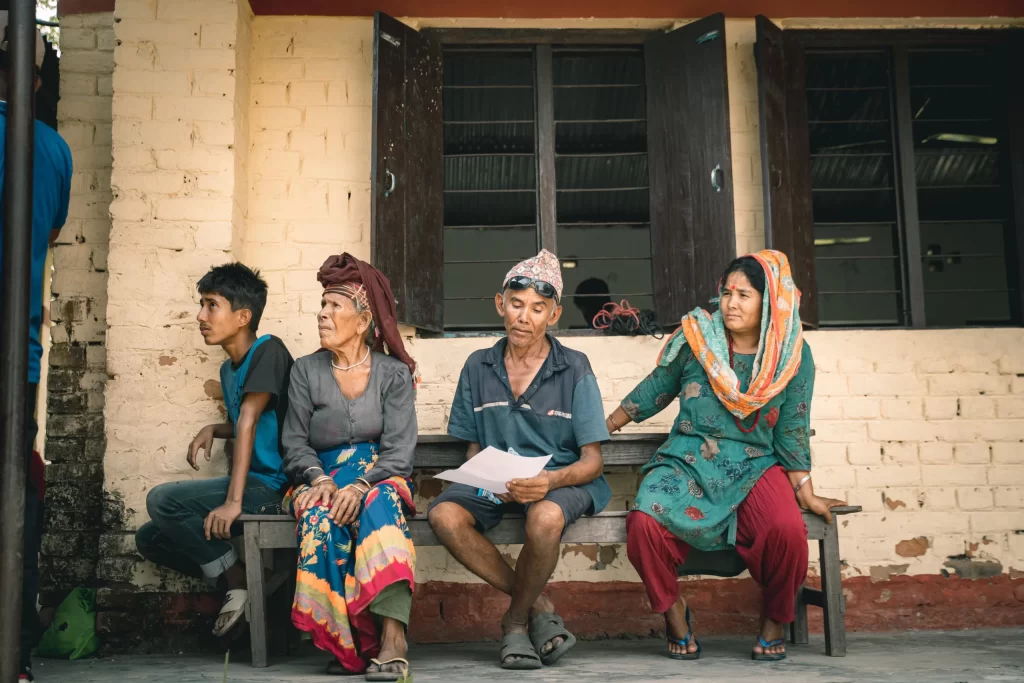
Date: 12 April 2023 ; Author: Jai Prakash Social welfare programs are initiatives that aim to improve the well-being of children, especially those who are vulnerable, marginalized, or disadvantaged. India has a large population of children, with about 460 million under the age of 18. Many of these children face challenges such as poverty, malnutrition, illiteracy, child labor, abuse, neglect, and exploitation. To address these issues, the government of India, along with various civil society organizations, has implemented several social welfare programs for children. Some of these programs are: Sources: https://www.unicef.org/india/what-we-do/social-policy-inclusion https://www.india.gov.in/child-protection-welfare-schemes-ministry-women-child-development https://www.india.gov.in/topics/social-development/children


